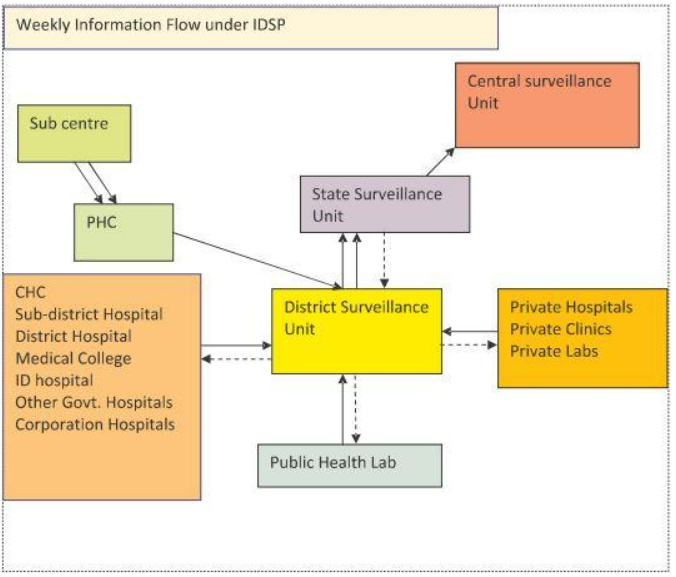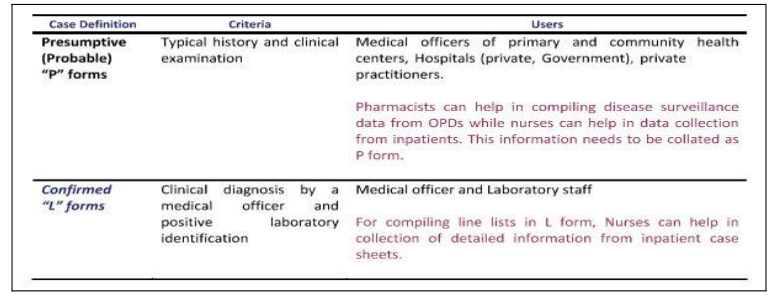Water-borne diseases in India cause a huge disease burden while also resulting in significant loss of life. It is a major cause of death in Children under five. Since water-borne diseases can only be reduced by access to safe drinking water, the government launched the National Rural Drinking Water Programme (NRDWP) in 2009, which is now called the Jal Jeevan Mission.
Among the many things that are life-giving, water stands out as the most critical. Our lives are intrinsically related to water because 60% of our body is water only. Every human needs to consume a certain quantity of water to just function normally. And this consumption of water should be of certain acceptable quality standards. Any imbalances in these standards could make water the most lethal life-taking fluid. In other words, “What Gives Life, Can Also Take Life”.
Access to safe drinking water can improve living standards & life expectancy by reducing the disease burden. Globally, around 2 billion people consume water contaminated with faeces. The consumption of such unsafe water can result in water-borne diseases. According to a 2020 report of WaterAid India, 1 in every 10 people do not have access to a safe drinking water source. In India, these water-borne diseases are estimated to pose an economic burden of approximately 600 million USD per year, as per a UNICEF update. Areas with poor sanitation, inadequate supply and unhygienic practices have a high probability of water-borne disease transmission. If left untreated, these could translate into larger outbreaks, causing a public health emergency. Acknowledging the importance of water and sanitation, the United Nations adopted ‘Clean Water and Sanitation’ under goal 6 of the Sustainable Development Goals. Reducing the incidence of water-borne diseases is only possible by providing access to safe & affordable drinking water.
In India, the responsibility of providing healthcare facilities lies primarily with the state government as ‘Health’ is a State Subject, and the Union government provides technical and financial assistance to the states. Since water-borne diseases have the potential to become outbreaks, these are captured under the Integrated Disease Surveillance Program (IDSP).
In this story, we look at the data related to the prevalence of water-borne diseases in India over the last few years. The data is primarily sourced from annual National Health Profiles published by the Central Bureau of Health Intelligence, Jal Jeevan Mission dashboard, and parliamentary questions.
What are water-borne diseases?
In simple terms, these are the diseases that have ‘water’ as the common mode of transmission. This transmission could be either due to the direct consumption of such contaminated water or through food. In addition to direct consumption, using contaminated water for personal hygiene or recreation could also potentially cause diseases. There are four major water-borne diseases that are rampant across the world and India:
- Cholera
- Typhoid (Enteric fever)
- Diarrhea
- Viral Hepatitis A & E
How is the data regarding these water-borne diseases collected?
As stated earlier, these water-borne diseases have the potential to transform into outbreaks, causing a public health emergency. To prevent such rapid spread, the Government of India initiated a program called IDSP in 2004, with the assistance of the World Bank. The primary objective is to detect such outbreaks and provide early warnings. Under this, ‘Surveillance Units’ are set up at all the three levels of the government – Central, State and District. The data is collected on a weekly basis and is directly uploaded at the district level.

The reporting is done in three formats:
- ‘S’ form – Suspected cases
- ‘P’ form – Presumptive cases
- ‘L’ form – Laboratory confirmed cases

The data is then collected and collated by the designated person, who must be familiar with these reporting formats. After the collation of data, if there is a sudden increase in the cases, it must be informed to the Designated Surveillance Officer (DSO).

These forms have a list of diseases that are to be identified and reported by the designated person. The daily figures are collated under tally sheets and each record is stored for future reference. More on this is available in the IDSP Manual for medical officers.

The trend in water-borne diseases in India:
Diarrhea accounted for more than 85% of the major Water-borne disease cases
Among the four major water-borne diseases in India, diarrhea is the most widely reported one, followed by typhoid and viral hepatitis. The cases of cholera are very minimal in comparison to these three. Over the years, from 2013-19, Diarrhoea accounted for more than 85% of all the cases reported under these heads. Rest is comprised of Typhoid, also called enteric fever, with around 14% of the cases and hepatitis with 1% of all the cases.
Huge inter-state variation in the incidence of water-borne diseases
There is a huge inter-state variation in the cases relating to water-borne diseases. Nine states accounted for more than 65% of all the cases reported on diarrhea and typhoid. This category of states is not homogenous- both relatively developed states like Karnataka, Maharashtra, Andhra Pradesh, and relatively less developed states like Odisha, UP, Madhya Pradesh, and Rajasthan are a part of this group.
Significant increase in Diarrhoea cases in 2019
As noted earlier, Diarrhoea cases make up most of the water-borne disease-related cases. As per a report in IndiaSpend from 2018, diarrhea alone is responsible for more than 60% of the deaths that are caused due to water-borne diseases in India. It is the second leading cause of death in children under the age of five years. Across the states, over the years, there is no clear pattern of the incidence of this disease. Most of the states showed a spike in the year 2019, after which there is a decline in the number of cases of diarrhea reported. However, only in Telangana, there is a clear pattern of reduction over the years.
Efforts to minimize water-borne diseases:
Safe Drinking Water and proper sanitation measures are necessary to prevent the outbreak of water-borne diseases. To achieve these goals, the Government of India launched National Rural Drinking Water Programme (NRDWP) in 2009. The objective of the scheme was to provide every rural person with safe and adequate water for all purposes. In 2019, the scheme was subsumed under Jal Jeevan Mission (JJM) to provide potable water to every rural household by functional tap connection by the year 2024. Despite the presence of such a program for 13 years, there has not been significant progress in the achievement of objectives. Only 10 states and UTs have been able to provide tap water connection to more than 90% of the households and only 48% of total households in India have a tap water connection as per data on of the JJM as of 13 April 2022.
Water Testing is critical to measure standards
Water testing is an important mechanism to ensure that the provided water is safe and meets acceptable quality standards. Currently, this testing is done in two ways: through field testing kits and to collect samples and test them in the laboratories. These laboratories are spread across India to ensure adequate testing across the country. The status of the country-wise availability of laboratories and the samples tested during 2021-22 as of 14 April 2022 is as below.

Climate change increases the likelihood of water-borne diseases:
Climate change leads to a series of cascading events – flooding, heavy rainfall, and increased temperatures across the globe. Because of these events, the transmission pathways are more likely to get affected. As a result, the likelihood of food and water-borne diseases would exacerbate further. Changes in the duration of seasons could also extend the transmission season’s length, further increasing the vulnerability of these diseases.
India is one of those countries that could get severely impacted due to climate change and global warming. Adequate measures should be taken as early as possible to mitigate the effects of climate change on the spread of infectious diseases, which could burden the health sector further.
Featured Image: Water-borne diseases


